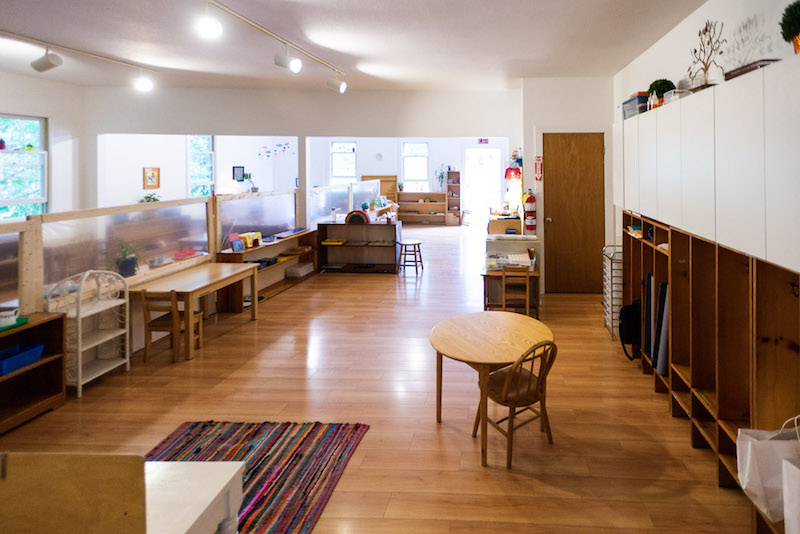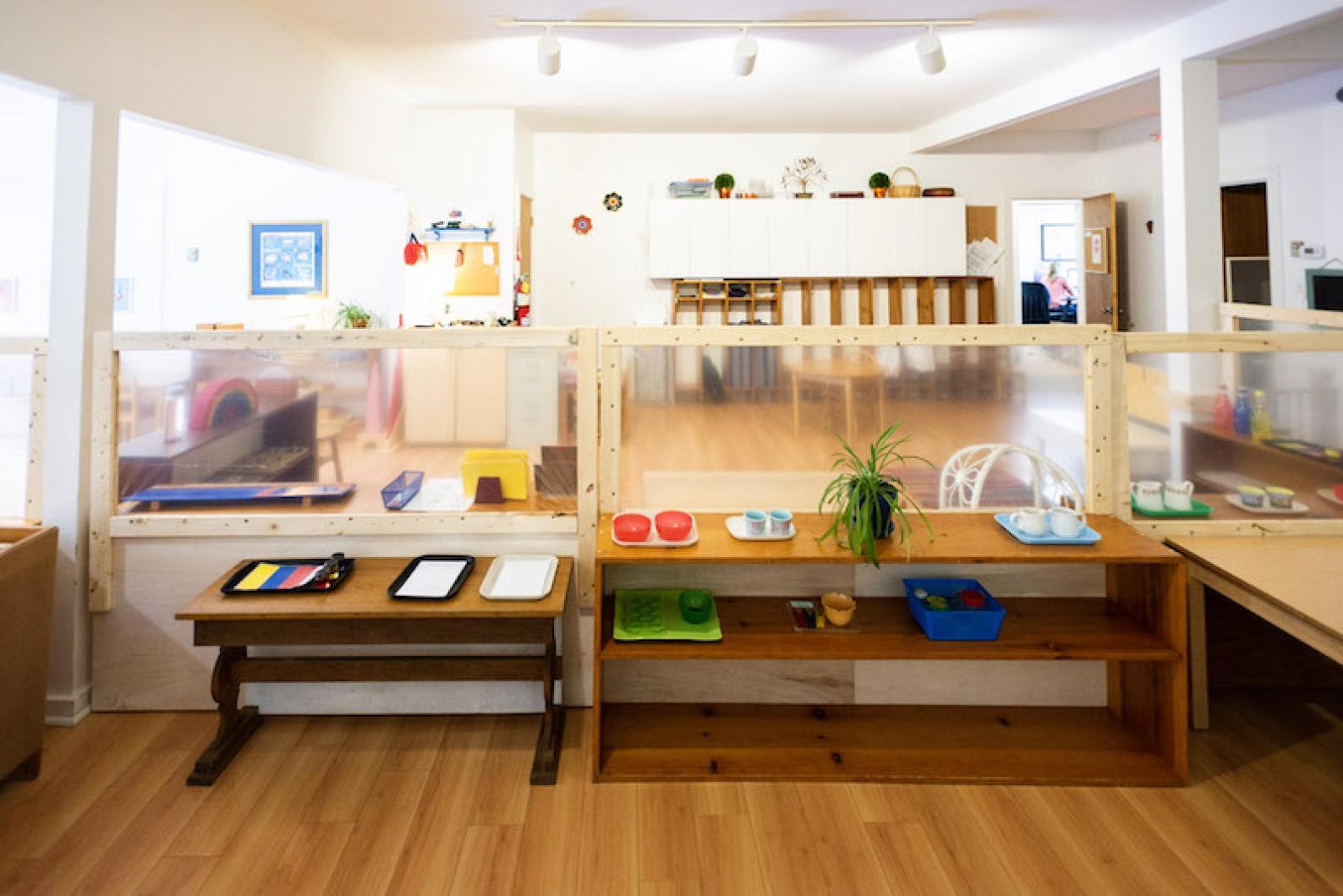As plans take shape to reopen Martha’s Vineyard public schools for the fall, two private independent schools that serve Island students report they are seeing a surge in applications.
In interviews with the Gazette last week, the heads of school at Vineyard Montessori and Falmouth Academy both confirmed a large, unprecedented number of applications this year, including from out-of-state residents planning to relocate to the Cape and Islands region.
At Vineyard Montessori, head of school Deborah Jernegan said the school has received 76 new applications for admissions, up from 14 last year. The school will enroll slightly more than 53 students in its K-8 program this fall.
The recent wave of applicants for private schools comes as the dust settles on a plan passed by the all-Island school committee last week to reopen public schools with a hybrid learning model that will begin with remote learning and transition gradually to in-person learning. The regional high school will have all-remote learning until early November.
Information on enrollment at Island public schools for the fall has not been released yet.
But as school committees shuffle to finalize their plans, Vineyard Montessori, the lone independent school on-Island that serves pre-kindergarten through eighth grade (there are a number of private preschools on the Vineyard), and Falmouth Academy, a 7-12 independent day school that is a ferry ride away, have moved forward with plans to reopen in a fully in-person format.
Both schools charge tuition.
Ms. Jernegan said she and her staff have been working on a plan to bring students back to campus since the school closed for the pandemic in March.
“We’re a community school and we really want to be able to support our families in a healthy and safe way,” she said.
The school is adopting what it is calling a “smart restart plan,” which will begin Sept. 8 with a weeklong, staggered re-entry period, Ms. Jernegan said. The school is putting up tented outdoor learning spaces in order to enforce six-foot social distancing rules for all students.
She said the school has been getting calls for months from parents requesting applications to enroll their children at the school.
“Parents are really concerned with how they’re going to work with their child at school. Or [for some], remote learning just wasn’t the right fit and they really need . . . in-person [learning],” she said.
At this stage, the wait list at Vineyard Montessori is closed, Ms. Jernegan said.
“My goal would be to everyone to get to go to school right now,” she said. “But at this point . . . we can only be a small healthy option for so many kids.”
In another shift, many of the new applicants are incoming kindergarteners, Ms. Jernegan said. Often, students in that age group transition out of the Montessori system and into public school after completing preschool, she said, but this year, between uncertainty about the feasibility of remote learning and concerns about the availability of child care, many families have opted to stay on at the private school for kindergarten.
“We’re small, we don’t have other complications that other schools do and we’re able to offer that,” said Ms. Jernegan, citing the school’s ability to provide safe in-person programming.
The upward enrollment trend is not unique to the Vineyard, Ms. Jernegan said, citing weekly conversations she has had with heads of school at other Montessori chapters, who report enrollment has increased across the board this summer.

Next year Vineyard Montessori will greatly expand its programming for toddlers and pre-K, after receiving a $450,000 grant last week from the philanthropic group MVYouth. A study done this year by MVYouth identified a significant gap in affordable early childhood care and education for toddlers and preschoolers on the Island.
Meanwhile at Falmouth Academy, where a cohort of about 40 Vineyard students attend classes each year, it’s a similar story when it comes to increased interest in enrollment. Head of school Matt Green estimated that application rates at the school have increased by about 15 per cent this year, with an especially high volume of requests for the academy’s middle school program, which will reopen Sept. 8 with a full in-person format.
“Enrollment has been as strong as it’s ever been. We continue to get inquiries on a daily basis,” said Mr. Green, who said he received six requests just last weekend.
While the population of Vineyard students at the academy has remained steady, the number of applicants from Cape-area public schools has skyrocketed, Mr. Green said.
“There’s a lot of uncertainty from our regional population about whether their schools are going to open and in what format,” he said told the Gazette by phone. “The idea of being able to be in a small school with small classes would appeal to parents anytime — but in particular, I think, when there are concerns about student density in buildings.”
Beyond applications from residents opting out of the public school system, both heads of school noted a new demographic as well — students from out of state, and specifically urban areas, who have chosen to remain in the Massachusetts area for the fall.
“I think the notion of having a beautiful sprawling campus on the Cape and to be to be living in a relatively less populated area of the country probably appeals to them,” said Mr. Green. He estimated that applications from people who are moving to the Cape and Islands area made up about five per cent of the current pool, a figure which he cited as “not an insignificant number” for the small school.
Ms. Jernegan cited similar statistics at Vineyard Montessori. “I would say, quite a few of those phone calls are from out-of-state families,” she said.
Given the long wait lists at private schools, some parents of school-age children on the Island are also exploring alternative learning options, Ms. Jernegan said, like home-based micro-classrooms led by private tutors.
But she also said for in-person programs like Montessori’s to function safely, enrollment numbers at the school must remain low.
“My hope is that we have provided a safe and healthy environment for their child to come into school. Our goal is always to meet the community need,” she said.






Comments (10)
Comments
Comment policy »